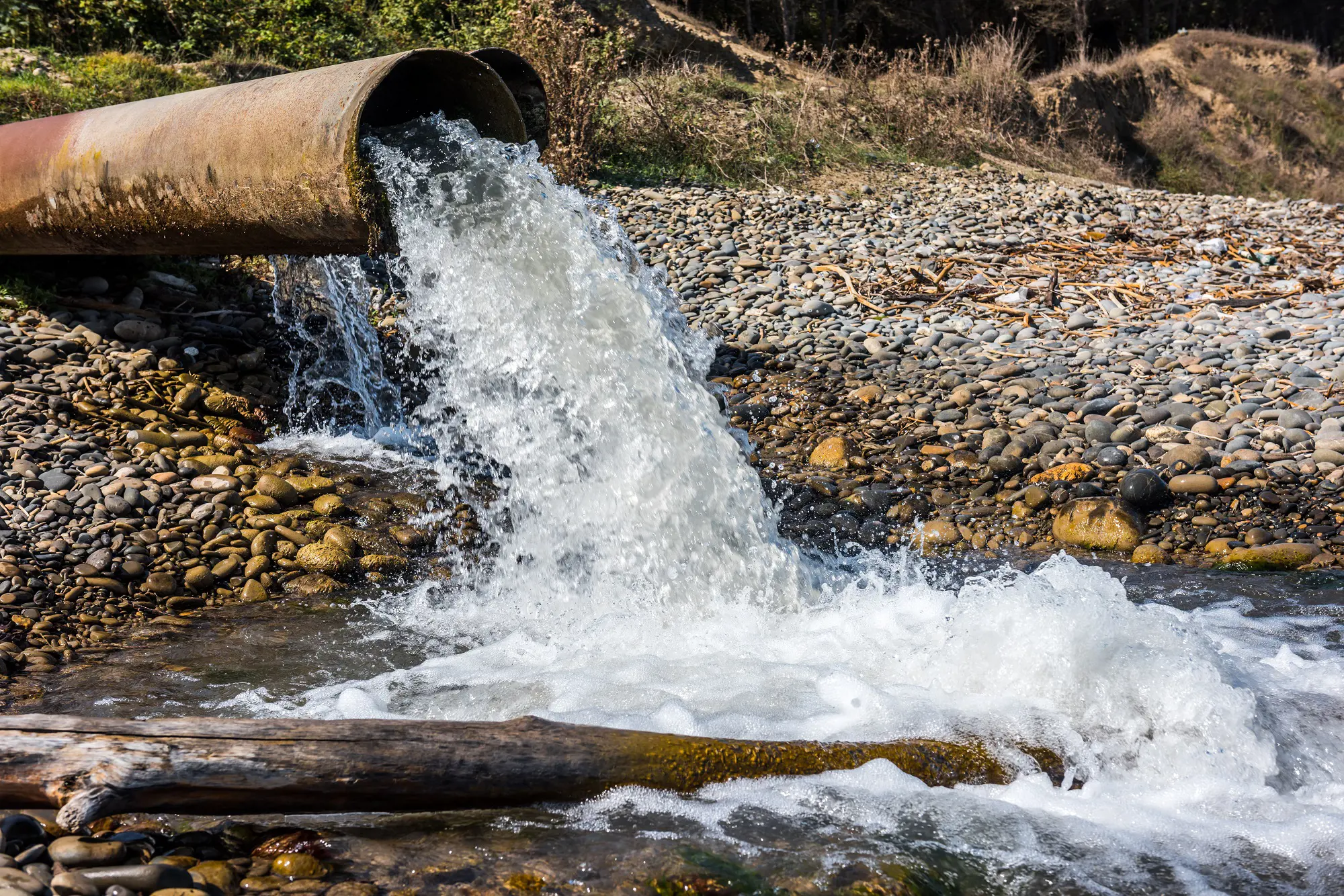The Camp Lejeune Lawsuit and the Role of Technological Advances
The Camp Lejeune water contamination scandal stands as one of the most significant environmental and public health crises in recent U.S. history. Spanning several decades, the contamination of the water supply at the Marine Corps Base Camp Lejeune in North Carolina has had devastating consequences.
Technological advances have played a crucial role in the pursuit of justice and accountability. In this article, we’ll discuss the multifaceted impact of technology on the Camp Lejeune lawsuits.
Exposing the Contamination With Technological Forensics
Sophisticated technological tools have been instrumental in unveiling the extent of the contamination at Camp Lejeune. Advanced environmental monitoring techniques, including mass spectrometry and chromatography, enabled scientists to detect hazardous chemicals in the base’s water supply. According to ConsumerNotice.org, this included toxins such as volatile organic compounds (VOCs) and benzene.
Additionally, geographic information systems (GIS) facilitated the mapping of contamination plumes, aiding in the visualization of the spread and impact of pollutants over time. These technological forensics provided crucial evidence linking water exposure to elevated rates of cancer, congenital disabilities, and other health ailments among victims.
Mobilizing Data for Advocacy
Digital platforms have served as powerful tools for advocacy and awareness-raising in the Camp Lejeune community. Through social media campaigns, online petitions, and digital storytelling initiatives, affected individuals and advocacy groups have amplified their voices and garnered widespread public support.
The Center for Health, Environment, & Justice notes that The Few, The Proud, The Forgotten is one of several advocacy groups pressuring the government. They aim to provide assistance and support to those affected by the Camp Lejeune water contamination.
The dissemination of personal narratives and scientific research findings via digital channels has brought attention to the plight of Camp Lejeune victims. This fosters empathy and solidarity among a broader audience.
Furthermore, crowdfunding platforms have provided financial support for medical expenses, legal fees, and community initiatives. This demonstrates the tangible impact of digital activism in addressing the needs of those affected by the contamination.
Legal Battles in the Digital Age
In the legal arena, electronic discovery (e-discovery) tools have revolutionized the handling of complex litigation related to the Camp Lejeune contamination. Electronic document management systems streamline the organization and retrieval of vast amounts of digital evidence, including internal communications, regulatory documents, and scientific studies.
According to Legal Tech Blog, e-discovery has expanded beyond document conversion and storage. Technology provides powerful tools but also generates vast data. Today, nearly all litigation cases involve electronically stored information to some extent. On average, each custodian contributes around 5 gigabytes (GB) of data.
This is equivalent to 15,000 image files or nearly 700,000 pages of various file types. This abundance of data can overwhelm smaller to mid-size law firms with limited resources for review.
Moreover, data analytics software facilitates the identification of key patterns and trends within large datasets, aiding legal teams in building compelling arguments. By leveraging these technological resources, attorneys can navigate the intricacies of the legal process more efficiently. This ultimately advances the pursuit of justice for Camp Lejeune victims.
Using Data to Inform Regulation
Data-driven research has played a pivotal role in informing regulatory efforts aimed at addressing water contamination issues at Camp Lejeune and beyond. Epidemiological studies leveraging health data have provided valuable insights into the long-term health effects of exposure to toxic chemicals in drinking water. This guides the development of public health policies and regulatory standards.
Additionally, environmental monitoring data have informed risk assessment frameworks, enabling policymakers to prioritize mitigation efforts and allocate resources effectively. By integrating scientific evidence and data analytics into policy-making processes, regulators can enact proactive measures to safeguard water quality and protect public health.
Community Resilience and Digital Support Networks
Digital support networks have emerged as lifelines for Camp Lejeune victims, offering a sense of community and belonging in the face of adversity. Online forums and social media groups provide platforms for individuals to connect, share experiences, and offer mutual support.
These digital communities facilitate information exchange, resource sharing, and emotional solidarity, empowering affected individuals to navigate challenges and access necessary support services.
Furthermore, virtual support groups hosted by advocacy organizations and healthcare providers offer counseling, education, and peer-to-peer assistance. These groups foster resilience and promote mental well-being among Camp Lejeune survivors and their families.
Legal Avenues and Financial Support
TorHoerman Law notes that victims seek recourse through various legal avenues and financial support mechanisms to address the impacts of the Camp Lejeune contamination. Class-action lawsuits and multidistrict litigation provide opportunities for collective legal action, enabling victims to pursue compensation and accountability from responsible parties.
It is critical to note that the Camp Lejeune settlement amounts for individual cases can vary depending on several factors. These include the extent of harm suffered, duration of exposure, and the strength of evidence presented.
Veterans’ benefits and healthcare programs offer essential support for military personnel and their families affected by the contamination. They cover medical expenses, disability compensation, and specialized healthcare services.
Moreover, compensation funds established by government agencies and private entities provide financial assistance to victims facing economic hardships due to health-related issues. These legal and financial resources play a critical role in addressing the immediate and long-term needs of victims and promoting justice and restitution.
Technology’s Continuing Impact
Looking forward, technological advancements will continue to shape the trajectory of efforts to address Camp Lejeune contamination and similar environmental justice issues. Remote sensing technologies, such as satellite imagery and aerial drones, hold promise for monitoring water quality and detecting contamination sources in real-time. This enhances early warning systems and emergency response capabilities.
Furthermore, blockchain technology offers opportunities for transparent and immutable record-keeping. This enables stakeholders to track environmental data, regulatory compliance, and financial transactions related to remediation efforts. Additionally, artificial intelligence (AI) and machine learning algorithms can analyze vast datasets to identify emerging environmental risks and predict potential health outcomes.
Conclusion
In conclusion, the Camp Lejeune lawsuits highlight the pivotal role of technology in uncovering environmental injustices, supporting affected communities, and navigating complex legal battles. From advanced forensic tools to digital advocacy platforms, technology has played a crucial role in exposing the contamination, mobilizing support, and advancing legal proceedings.
As regulatory efforts continue and affected individuals seek recourse, the ongoing impact of technological advancements promises greater transparency and accountability in addressing environmental crises. The Camp Lejeune saga serves as a reminder of the enduring power of technology in the pursuit of justice.
FAQs
What are the legal considerations in digital forensics?
Legal considerations in digital forensics include obtaining proper authorization for data collection, ensuring evidence integrity and chain of custody, and respecting privacy laws. Adherence to these guidelines is crucial to ensure the admissibility and reliability of digital evidence in court.
What is the concept of e-discovery?
E-discovery refers to the process of identifying, collecting, and analyzing electronically stored information (ESI) for legal purposes. It involves gathering relevant digital data, such as emails, documents, and metadata, to support litigation, investigations, or regulatory compliance.
What are the criteria for Camp Lejeune settlement?
Individuals seeking eligibility for the Camp Lejeune settlement must prove exposure to contaminated water and provide evidence of related health conditions for consideration. Compensation eligibility is determined based on specific qualifying factors and documentation.
















